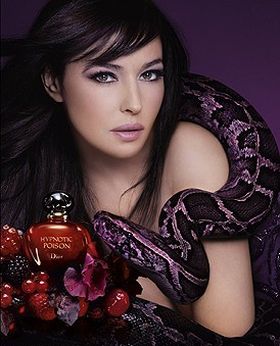Female Poison Circles July 14, 2014
Author: Beach Combing | in : Ancient, Contemporary, Medieval, Modern , trackbackAs is well known periodically through history groups of frustrated women have banded together to poison their violent, somnolent, poor or idiotic husbands. Six or sixty or one hundred and fifty would find a local gypsy who sold tastless, colourless (in short undetectable) poisons and then run home and start dosing gins and tonics or falnernian wine. Stupid male doctors didn’t catch on, nor did stupid undertakers. The plot was discovered, instead, because one of the women gave away her fellow poisoners, often in exchange for immunity. The local forces of law and order then rapidly pulled in the minnows, trout and the pike at the centre of the pond, the poison maker, and justice was quickly handed down: out came the nooses and blades.
What is wrong with the above paragraph? Well, in one respect nothing. There are tens of cases of female poison circles doing exactly what is described above. Anyone who wants to get an overview of a brief (and incomplete) list should check out this page of husband-killing syndicates from the 1600s to the present, which includes many relevant instances. The earliest case of mass poisoning by women is from ancient Rome, the most famous is from seventeenth century France, the most recent from Serbia in 1939. There are online records, archives. There are impressive numbers of deaths. There are surviving sermons and public confessions.
However, in other respects the whole poison by committee thing is a little hard to credit. Yes, women are traditionally associated with poison. There are also well authenticated cases where two or three women got together to simultaneously poison their loved ones: one striking case from pre-war Germany involved two women with the help of a mother killing their (unpleasant) husbands with arsenic. But the idea that poison clubs formed like knitting circles and that male relations were offed in massive numbers is more difficult to take. The stories are just too formulaic. The evil mastermind (very often a ‘gypsy’ or a foreigner), the undetectable poison, the tell-tale, the deaths that are at first confused for a minor epidemic in the city, the punishment, the welcome return to the natural order with subservient wives walking behind glowing husbands. Presumably in most cases a real epidemic or rash of deaths got confused with other issues including: real attempts to poison, potions given to husbands secretly, male hysteria, wife offing, boredom in the Cholera season…
I find this whole question fascinating. There is the recurring belief that women are undermining society. These supposed killing fests stretch across the centuries and different societies. Now a few questions: why do these witch hunts takes place; do any occur outside the West; are there other instances of claimed mass poisonings prior to 1900; what would be a good name for the phenomenon (I like husband-killing syndicate but…); are there any cases where there is something genuine… drbeachcombing AT yahoo DOT com
Beach should finish by saying that he lives in a house with two girls, two women and a female fetus: coming from a very male family sometimes late at night he can almost hear the estrogen swishing up and down the stairs. It is not always a pleasant feeling. Occasionally, in fact, he sits up in bed and reaches breathlessly for the thesaurus… Many women scare many men.



